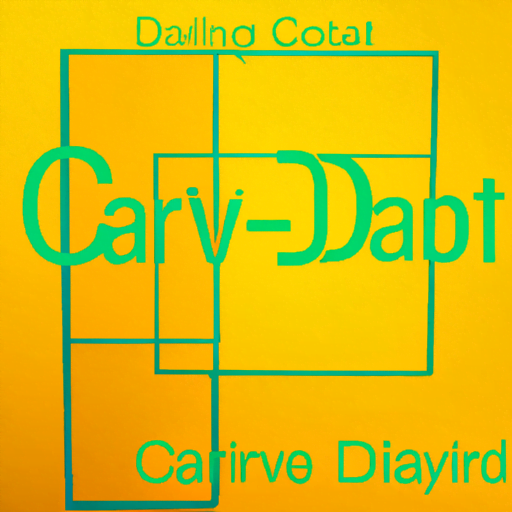Table of Contents
David Carson: Revolutionizing Graphic Design

David Carson is a renowned graphic designer who has made a significant impact on the field of design through his innovative and unconventional approach. With his unique style and disregard for traditional design principles, Carson has challenged the status quo and pushed the boundaries of what is considered visually appealing. In this article, we will explore the life and work of David Carson, his contributions to graphic design, and the lasting influence he has had on the industry.
Early Life and Career
David Carson was born on September 8, 1955, in Corpus Christi, Texas. He grew up in a small town in Texas and developed an interest in art and design from a young age. Carson initially pursued a degree in sociology but later switched to graphic design after discovering his passion for visual communication.
After completing his studies, Carson began his career as a high school teacher and later worked as a professional surfer. It was during this time that he developed a keen eye for photography and typography, which would later become integral elements of his design style.
The Rise of Grunge Typography
Carson gained widespread recognition in the 1990s for his groundbreaking work in the field of typography. He is often credited with popularizing the “grunge” style of typography, characterized by its irregular and distorted letterforms. This style was heavily influenced by the punk and grunge music scenes of the time, which embraced a raw and rebellious aesthetic.
Carson’s work in the grunge typography movement challenged the traditional rules of legibility and readability. He experimented with unconventional layouts, overlapping text, and distorted typefaces to create visually striking designs that captured the essence of the content he was working with.
One of Carson’s most notable projects during this period was his work for the alternative music magazine “Ray Gun.” As the art director of the magazine, Carson revolutionized the publication’s design by incorporating experimental typography and innovative layouts. His designs for “Ray Gun” became iconic and set a new standard for graphic design in the music industry.
Breaking the Rules of Design
What sets David Carson apart from other graphic designers is his willingness to break the rules of design. He rejects the notion that design should always prioritize functionality and legibility, instead embracing a more intuitive and emotional approach.
Carson often incorporates elements of chaos and disorder into his designs, believing that they can evoke a stronger emotional response from the viewer. He embraces imperfections and embraces the idea that design should be subjective and open to interpretation.
One of Carson’s most famous quotes perfectly encapsulates his design philosophy: “Don’t mistake legibility for communication.” He believes that design should go beyond mere legibility and strive to communicate a message on a deeper level.
The Influence of David Carson
David Carson’s impact on the field of graphic design cannot be overstated. His unconventional approach and willingness to challenge the norms have inspired countless designers and pushed the boundaries of what is considered acceptable in design.
Carson’s work has had a significant influence on various design disciplines, including typography, editorial design, and advertising. His experimental layouts and use of typography have become iconic and continue to be referenced and emulated by designers today.
Furthermore, Carson’s work has also had a profound impact on the way we consume and interpret information. By breaking traditional design rules, he has forced viewers to engage with design in a more active and participatory manner. His designs often require the viewer to decipher and interpret the content, creating a more immersive and memorable experience.
Case Study: “The End of Print”
One of David Carson’s most influential works is his book “The End of Print.” Published in 1995, the book explores Carson’s design philosophy and showcases his groundbreaking work in the field of graphic design.
In “The End of Print,” Carson challenges the notion that print is a dying medium and argues that it still has the power to captivate and engage audiences. The book features a collection of Carson’s designs, accompanied by insightful commentary on his design process and the ideas behind each project.
Through “The End of Print,” Carson not only showcases his own work but also provides a platform for other designers to share their perspectives on the future of print. The book serves as a testament to Carson’s influence and his ability to spark meaningful conversations within the design community.
Conclusion
David Carson’s impact on the field of graphic design is undeniable. Through his unconventional approach and willingness to challenge the norms, he has revolutionized the way we perceive and interact with design. Carson’s work continues to inspire and influence designers around the world, pushing the boundaries of what is considered visually appealing and challenging the traditional rules of design.
His unique style and disregard for traditional design principles have left a lasting impression on the industry, and his work serves as a reminder that design should be subjective, emotional, and open to interpretation. David Carson’s contributions to graphic design will continue to shape the field for years to come, ensuring that his legacy remains intact.


